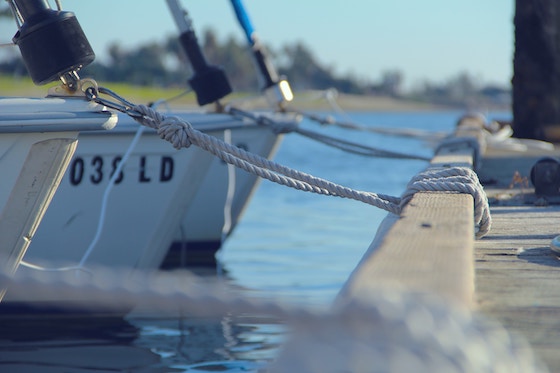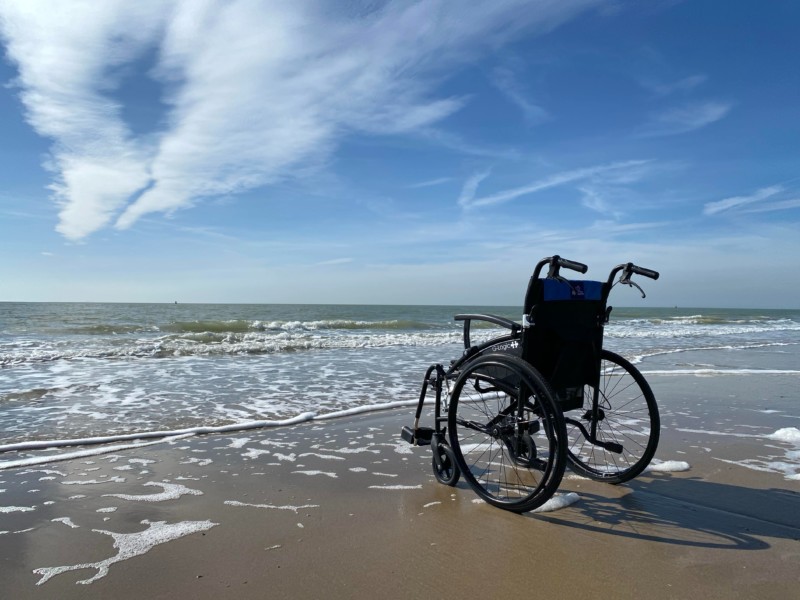To learn the basics of sailing would be the first step for any beginner. There are many ways one can learn to sail like:
- Signing up for a formal course
- Learning from an experienced sailor
- Get a hold of a boat and teach yourself through trial and error
Learn Sailing Terms
The first thing that you should do is get familiar with the “lingo” of sailing. Here are some common sailing commands and terms.
- Aft/Stern: Back of the ship.
- Bow: Front of the ship.
- Port: Left-hand side of the boat with respect to bow.
- Starboard: Right-hand side of the boat with respect to bow.
- Beam: Broadest section of the boat.
- Telltales: String pieces attached at the side of boat telling wind direction.
- Rudder: Flatwood or metal piece for steering the boat.
- Tacking: Turning the bow of the boat through the wind.
- Jibe: Turning the stern of the boat through the wind.
- Leeward: Direction opposite to the wind direction.
- Windward: In the direction of the blowing wind.
- Keel: Steel structure in the middle of the boat.

Basics of Sailing
Expertise is gained as more nautical miles accumulate under your belt, but there are generally three basics things in sailing:
- Navigation
- Sailing into the wind
- The knots that you will need
How to Sail
Sailing for the first time, especially when you are in the driving seat, can be quite exhilarating. For a beginner, here is a general walkthrough to understand sailing.
Beginner Sailboat Size
Sailboats for beginners are technically the simplest in functionality and maneuverability. As experience and expertise increases, one advances to more sophisticated boats.
- For young sailing beginners (6-10 years), optibat or optimist is a perfect choice as they are durable and indestructible. Once the principles of sailing are mastered, you can move onto more advanced boats.
- For an older beginner (10-16 years), a topper may be the perfect choice for learning.
- For older adults, a wayfarer or other small 4-5-meter-long boat may be appropriate for learning sailing.

Docking a Boat
Always pay attention to your boat and the wind. Follow these steps for a safe, efficient docking.
- Approach the dock slowly with your boat completely under control, at a shallow angle.
- All your lifelines, bowlines, and stern lines should be secured before you get close to the dock.
- Never put yourself between the boat and the dock.
- Do not jump onto the dock.
- It’s best to toss the dock lines to a helper on the dock

Adjusting the Sail
There are 3 basic positions in which a boat sails.
- Running: The mainsail should be adjusted at nearly right angles to the wind.
- Reaching: To catch the wind, the mainsail and jib must be pulled in closer.
- Beating: The sails should be sheeted closely when the wind is coming from diagonally ahead.
Steer the Boat
By changing the angle of the rudder, we can steer the boat in different directions. This can be achieved by the wheel of the boat or by using a tiller.
Sailing Rules
Basic sailing rules according to International Regulations for Avoiding Collisions at Sea (COLREGS) are as follows;
- Always keep a proper lookout through sight and hearing.
- Always maintain a safe, controlled speed.
- At time of impending crisis, always use your common sense.
- Port tack gives way to starboard tack.
- Windwards always gives way to leeward.
- In case of a risk of collision, a boat which has the other boat at its starboard must yield right to the right.
- Overtake another vessel from a safe distance.
- Sailboats should avoid any boat which is without a command or has restricted maneuverability or is engaged in fishing.
- Non-commercial powerboats should give way to sailboats.




